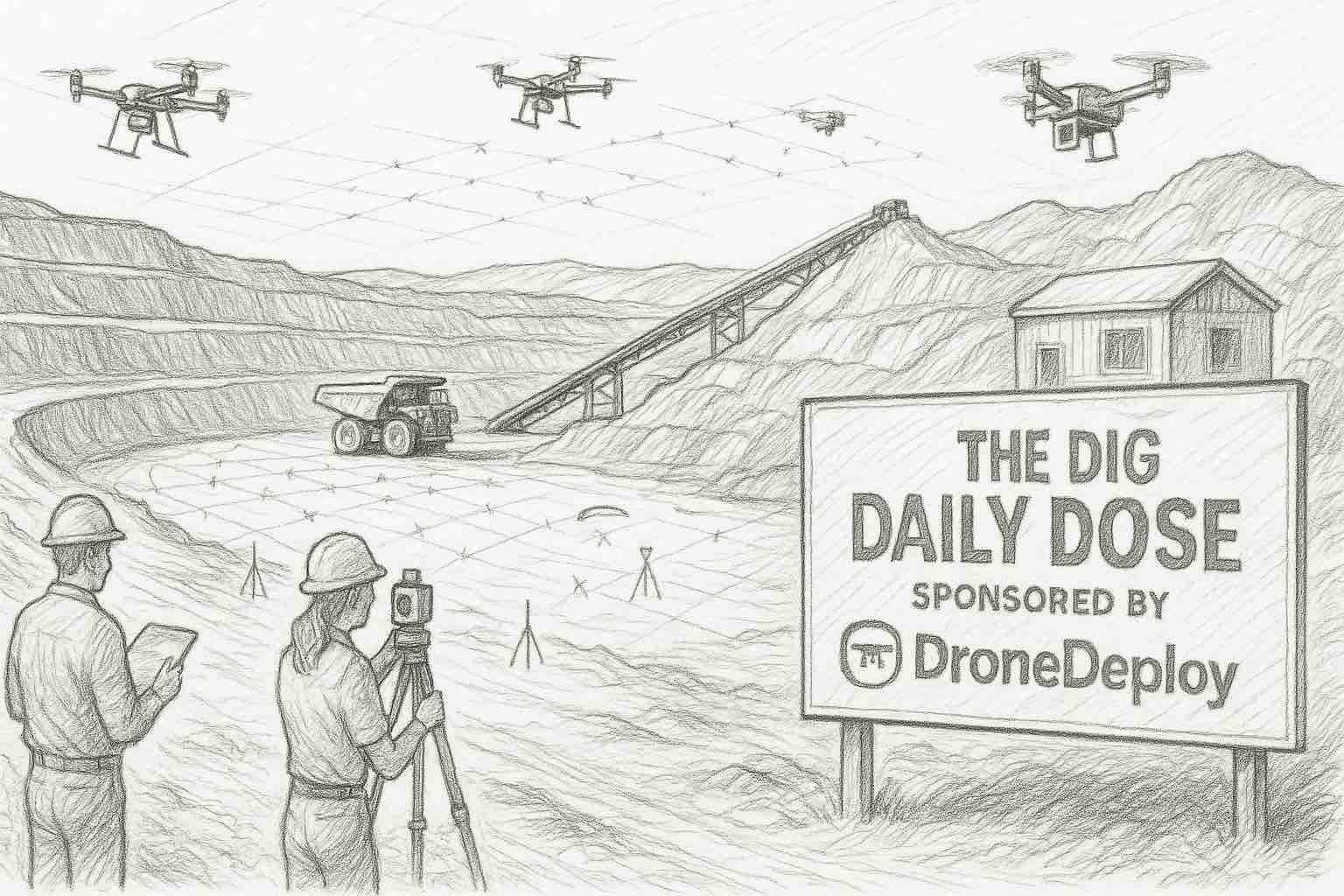“Clear is kind. Unclear is unkind.”
Brené Brown
THE ART OF LEADERSHIP
Lead with clarity to elevate trust and performance
Clarity is courage in action. When you speak plainly about expectations, success looks achievable and anxiety shrinks. People can focus on the work rather than decoding your intent. Choosing clarity shows respect: you value time, effort, and dignity. Ambiguity masquerades as kindness but breeds confusion, rework, and hidden resentment.
Lead by setting bright lines. Name the purpose, the owner, the deadline, and the definition of done. Ask what support each person needs and confirm commitments in writing. Replace vague updates with measurable progress. When feedback stings, stay curious, not defensive. Clear boundaries protect relationships and accelerate real collaboration.
Model it daily. Share the why behind decisions, admit mistakes quickly, and keep promises to the minute. Celebrate forthright conversations that unblock work. As clarity spreads, trust rises, waste falls, and speed becomes a team habit. With practice, your plain words will become the fuel of bold results.
For thirty days, practice radical clarity: define outcomes, owners, and deadlines daily; invite candid feedback; document decisions; follow through relentlessly.
COMMERCIAL CONSTRUCTION
How will you capture reality today to build a safer world tomorrow?
DroneDeploy exists to give reality capture superpowers to the teams that power, feed, and build our world. By turning sites into living maps and measurable digital models, it replaces uncertainty with shared ground truth.
Across construction, energy, and agriculture, drones, robots, and 360 cameras gather exact visual evidence. Artificial intelligence organizes the data, highlights risks, and reveals progress so crews can act sooner, collaborate faster, and return home safely.
Your work shapes communities. Bring every stakeholder into the same view. When you capture reality consistently, you unlock clarity, reduce rework, and move from reactive firefighting to confident momentum. Start with one site, then scale the habit into a culture of visibility.
Reality capture empowers every team to see clearly, decide faster, reduce risk, and turn progress into predictable results across sites.
INFRASTRUCTURE INDUSTRY
Will San Diego's new Terminal 1 significantly speed travel and reduce congestion?
This week, San Diego International opened the first phase of its new Terminal 1, adding 19 gates, expanded roadways, and a 5,200-space parking plaza. The terminal replaces a decades-old facility and begins a staged program that will reach 30 gates when Phase 1B finishes in early 2028 after work begins in early 2026.
Airports are built while staying open. Teams stage utility relocations, maintain taxiway access, and sequence passenger flows so screening, ticketing, and baggage systems come online safely. The Turner and Flatiron joint venture delivered Phase 1A and prepared the site for the next sequence of gates and systems.
Near-term changes include evolving traffic patterns, a new entrance road, and dual-level curbs that separate arrivals and departures. Long-term gains promise more throughput, shorter queues, and smoother curb access, improving reliability for residents, visitors, and the regional economy.
Check airport notices, adjust arrival time, follow signs and staff directions to reduce delays and keep construction zones safe.
RESIDENTIAL RESEARCH
How will OSHA’s heat rule reshape residential jobsite safety and productivity now?
OSHA extended the post-hearing comment deadline for its proposed Heat Injury and Illness Prevention standard to October 30, 2025, keeping rulemaking active this week. The proposal covers indoor and outdoor worksites, including residential construction crews that frame, roof, and finish in high heat. The hearing ended July 2, and the extension gives contractors, trades, and safety groups more time to submit feedback.
Provisions under discussion include written heat plans, ready access to cool water and shade, planned cool-down breaks, acclimatization, worker and supervisor training, and emergency response for heat stress. Objective heat measures would trigger tiers of controls as temperatures rise. The intent is to cut injuries, hospitalizations, and deaths among crews that labor during the hottest months.
Residential builders should prepare this week by mapping heat exposure across tasks, documenting water shade rest schedules, and adjusting shifts to cooler hours. Update subcontracts so trade partners follow the same plan. Begin supervisor training and toolbox talks, pilot cool zones, track incidents, and keep drafts ready so you can respond and comply quickly when the rule is finalized.
Submit comments, pilot heat plans, track OSHA updates, and budget for training, shade, water, rest breaks, and schedule adjustments proactively.
TOOLBOX TALK
Temporary Power, Cords, and GFCI Safety
Introduction
Good morning, Team! Today, we cover safe use of temporary power, extension cords, and GFCI protection on-site.
Why It Matters
Electric shock, arc, and fire can injure in seconds. Wet areas, damaged cords, and poor routing increase risk for workers and the public.
Strategies for Safe Power Use
Planning and protection: Use listed equipment with GFCI protection on all 120-volt cord and hand tool circuits. Test with the buttons before each shift.
Inspection: Check cords for cuts, crushed plugs, missing ground pins, loose strain relief, or heat damage. Remove from service rather than tape or splice.
Set up: Elevate or cover cords in walkways, keep out of water, and use weather-resistant covers where outlets are exposed. Protect from sharp edges and traffic.
Panels and distribution: Keep panel doors closed and the three-foot clear zone open. Only qualified persons open panels. Use distribution boxes rather than daisy-chaining cords.
Use and housekeeping: Uncoil reels fully, unplug by the plug, never use cords for lifting, and store dry. Charge batteries on noncombustible surfaces.
Discussion Questions
What tools and equipment need power today, and where are the GFCIs located?
What routes will cords take, and who will verify the condition during the shift?
Conclusion
Shock protection, sound equipment, and clean routing prevent injuries and downtime.
Test it, route it, work smart!





